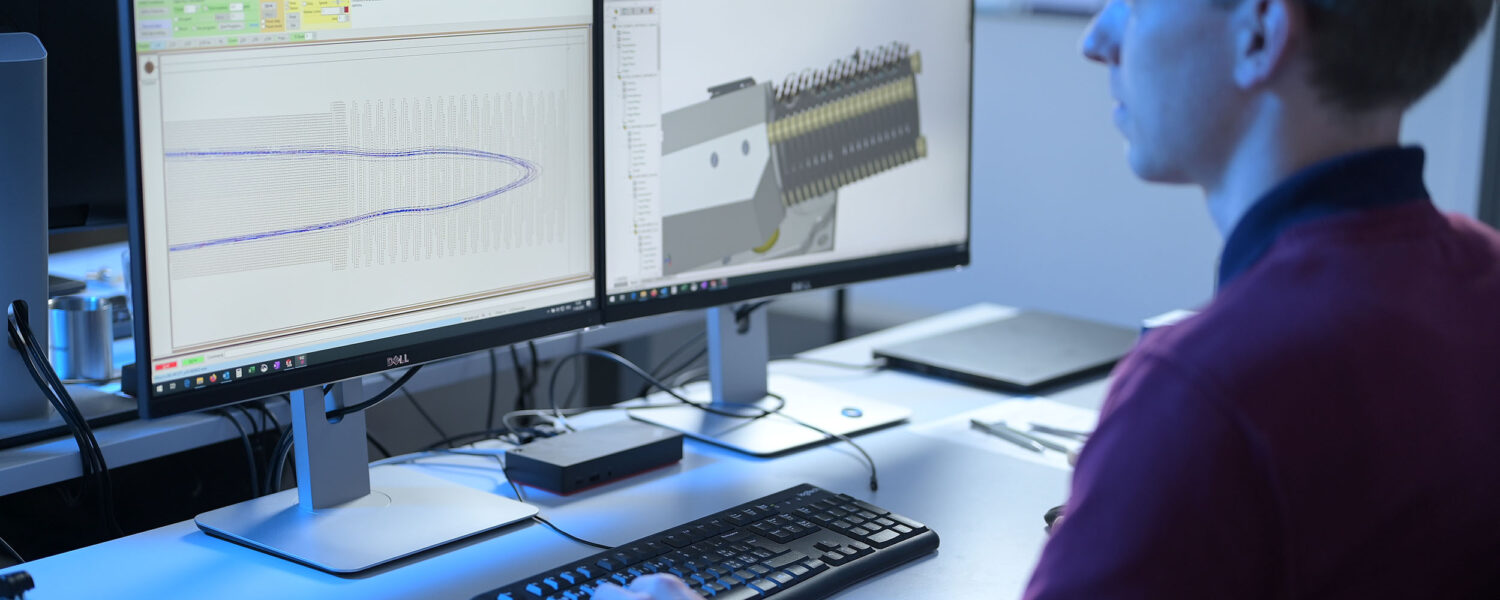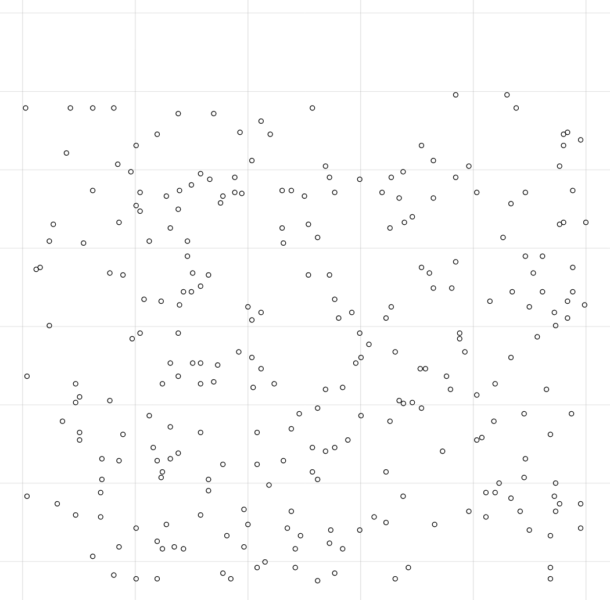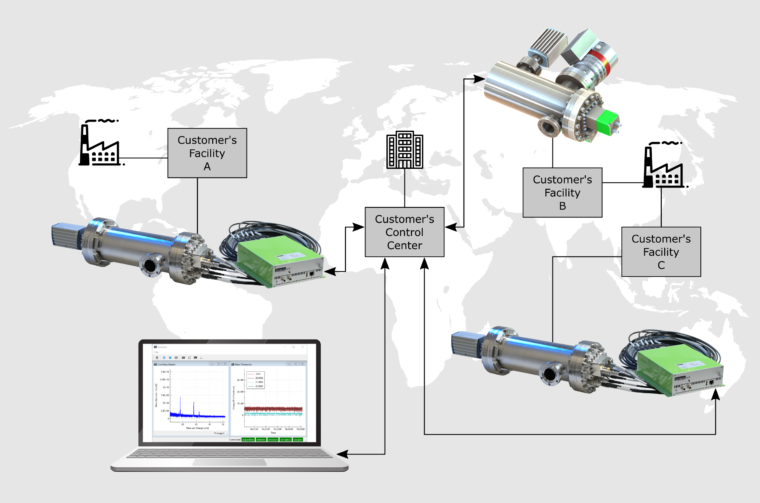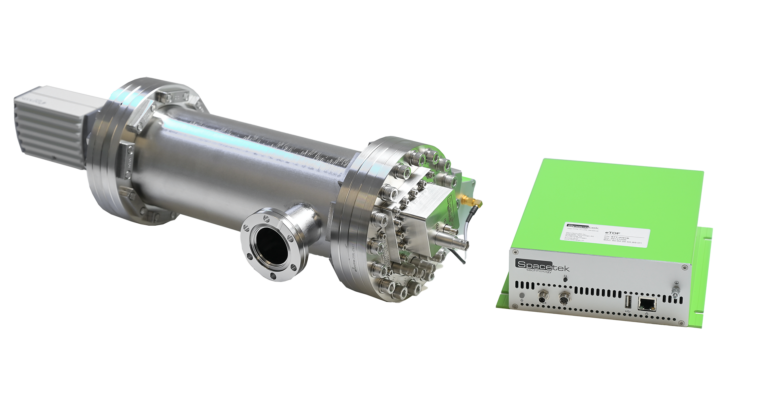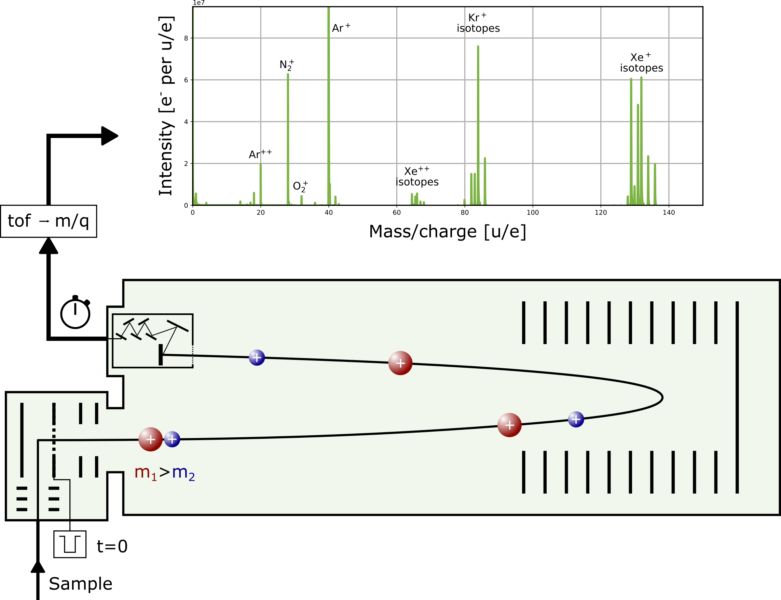
Instrument Architecture
Mass spectrometry is the ultimate analytical technique for the characterization of chemical composition in gaseous, liquid, and solid samples. Several types of mass spectrometers have been developed in the past, with time-of-flight mass spectrometry gaining traction in recent years for laboratory applications where the fast detection of a full mass spectrum with high resolution is of importance.
The basic principle of the time-of-flight architecture is, in a first step, to ionize the neutral gas in the ion source, as only charged species can be guided through an ion optical system. As these ions enter the extraction region, a fast high-voltage pulse extracts the ions into the mass analyzer. Since all species are accelerated to the same energy, but have different masses, they travel along the ion path with different velocities, resulting in the desired mass-to-charge separation. On their way the ions pass an ion mirror, called reflectron, which guides the incoming ions backwards for impact on the detector. The time elapsed since the extraction of the ions until impact on the detector corresponds to the mass-to-charge ratio of the species, which is then visualized as the mass spectrum.
